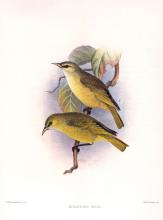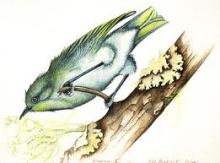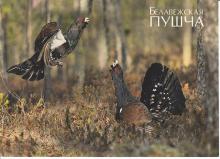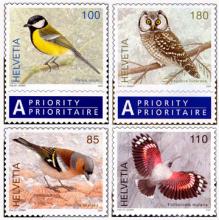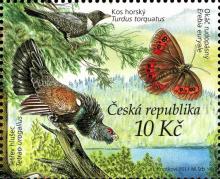A new study finds a dramatic decline in the already endangered Hawaiian Creeper
Scientists at the University of Hawaii say the bird's population plunged 63 percent from 2001 to 2007. Part of the problem is that only about a quarter of the Creepers (Oreomystis mana) are female, and scientists say there are not enough females to keep the species thriving. The Creepers are found in the southern portion of the Hakalau Forest National Wildlife Refuge on the island of Hawaii. One of the researchers, Dr. Leonard Freed, says the bird's downfall can be traced to another bird – the Japanese White Eye. "When we looked at the Creeper, we suspected that female Creepers might be especially susceptible to competition with White Eyes," Dr. Freed explains. The Hawaii Creeper is an important insect predator, helping to control the bug population. There may be fewer than 1,000 left on the Big Island.

